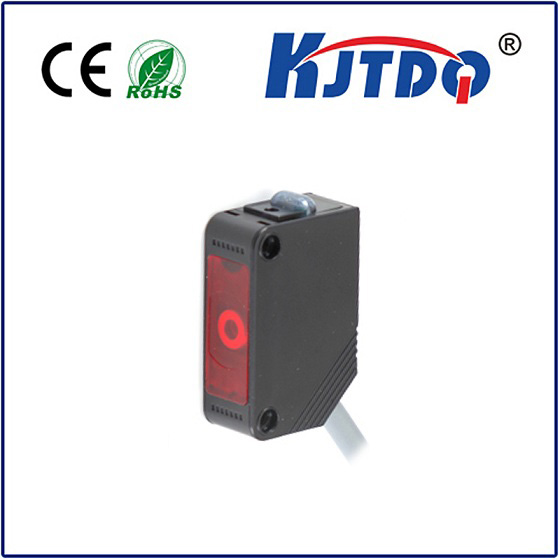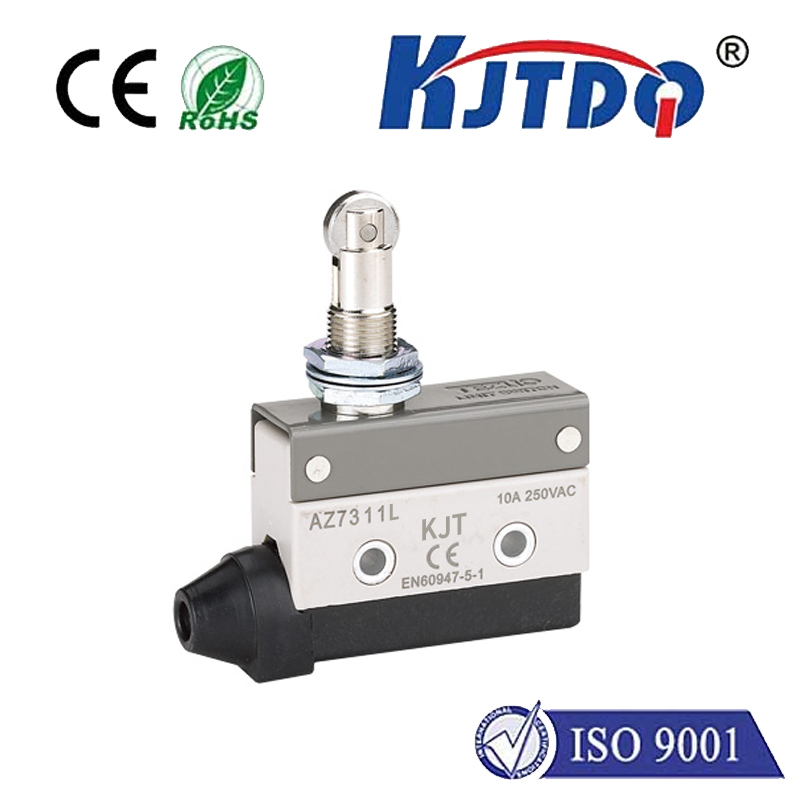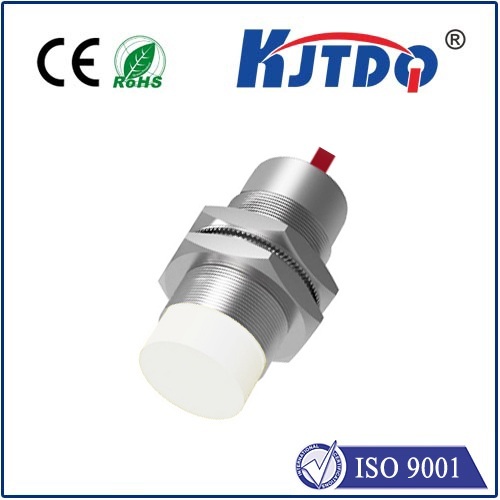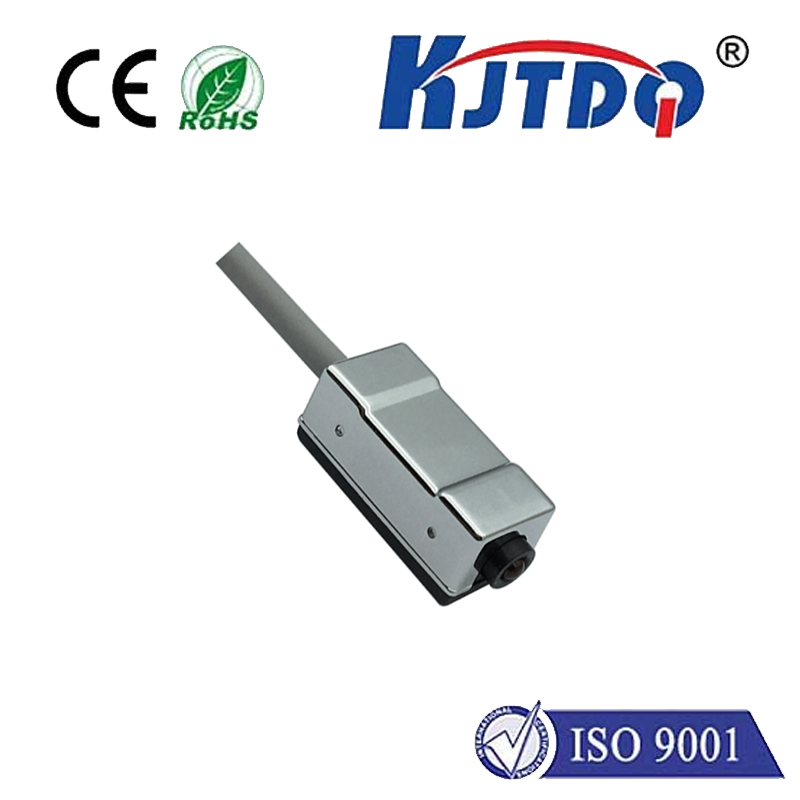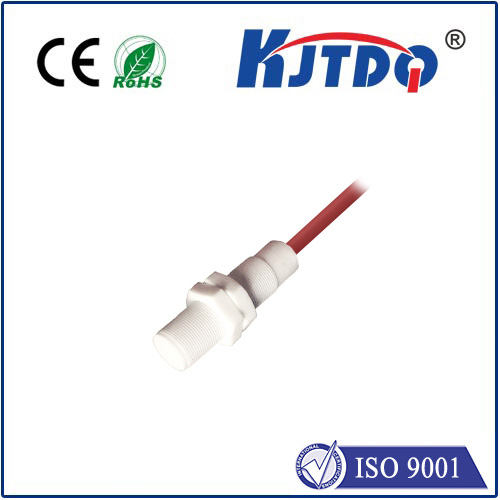

check

check

check

check
Reach for your smartphone, and the screen lights up before you even touch it. Wave your hand near a fancy faucet, and water flows magically. Approach an industrial machine, and it slows down for safety. Behind these seemingly simple interactions lies the ingenious technology of the proximity capacitive sensor. This remarkable device silently shapes our interactions with countless machines and systems, enabling non-contact detection with remarkable precision and reliability. Understanding how they work and where they excel reveals why they’ve become indispensable across diverse industries.
The Fundamental Principle: Sensing the Unseen Field
At its core, a proximity capacitive sensor operates on the same foundational principle as a simple capacitor: it stores electrical charge. Unlike physical contact switches, it creates an electrostatic field emanating from its active sensing surface. When no object is nearby, this field remains stable in a specific configuration defined by the sensor’s design.
The magic happens when a target object enters this electrostatic field. The target doesn’t even need to be conductive, though conductive materials (like metal or the human body) create a stronger effect. The presence of the target object alters the dielectric properties within the sensor’s field. Essentially, the object changes the field’s capacity to store electrical charge – its capacitance.
Detecting this Change: The Sensor’s Intelligence

The proximity capacitive sensor is constantly monitoring this capacitance. Sophisticated internal circuitry, often an oscillator or a capacitance-to-digital converter, detects even minute shifts in the capacitance value caused by the approaching target. When the change in capacitance exceeds a predefined threshold – the sensor’s sensing distance – it triggers an output signal.
ON) or absence (OFF) of the target within its detection range.Why Choose Proximity Capacitive Sensing? Key Advantages
This technology offers compelling benefits that make it superior to mechanical switches or other non-contact sensors like inductive or optical types in many scenarios:
Where Proximity Capacitive Sensors Shine: Diverse Applications
The unique capabilities of proximity capacitive sensors lead to their widespread adoption:
Tuning for Success: Understanding Sensing Range and Environment
Key parameters define a proximity capacitive sensor’s suitability:
The Future: Smarter, More Integrated Sensing
Proximity capacitive sensing continues to evolve. Integration with microcontrollers allows for more sophisticated signal processing, enabling better noise immunity, multi-target discrimination, and even rudimentary object recognition near the sensor surface. Miniaturization expands their use into wearables and highly compact devices. The drive towards smarter factories (Industry 4.0) and the Internet of Things (IoT) will further cement the role of these versatile sensors in providing critical, contactless input about the physical world. Their ability to reliably detect presence and proximity across such a wide material spectrum ensures they will remain a fundamental tool for engineers and designers seeking elegant, robust non-contact solutions.

